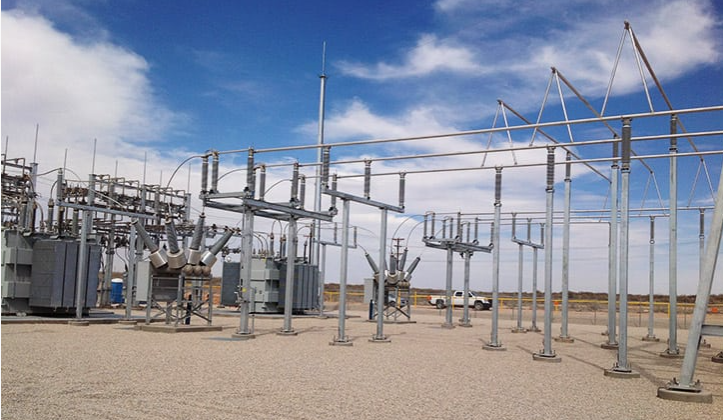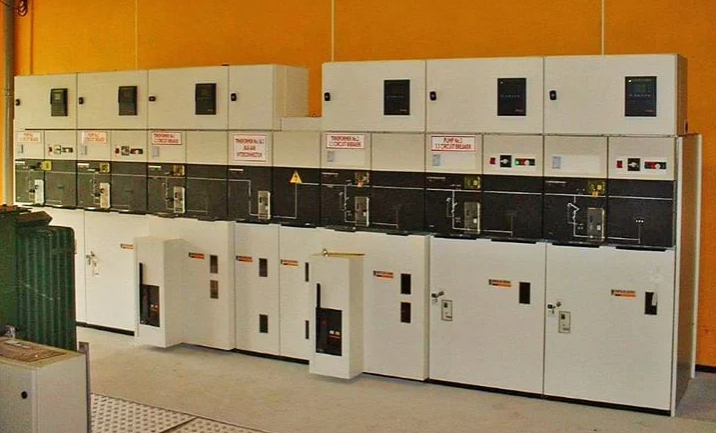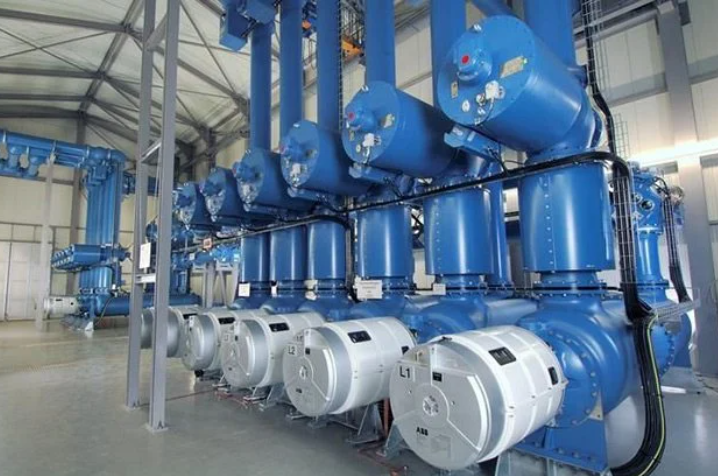THE MOST COMMON SWITCHGEAR-BASED SUBSTATION TYPES
Switchgear is known as the system used for switching, controlling, isolating, and protecting electrical circuits and equipment. The function of switchgear is to carry, make and break the normal current like a switch.
This article will introduce a few most common types of MV/HV power substations based on the type of distribution switchgear, which can be seen in every distribution network. There are a number of methods of construction of substations depending on the switchgear type.
Table of content
This is a derivative of the metal-enclosed switchgear where all major components per bay are physically segregated from one another by means of earthed metalwork such that a fault in any one compartment cannot readily spread to adjacent compartments.
It is vitally important that busbars are unaffected by a fault in any particular circuit panel so that adjacent panels can safely remain in service until appropriate repairs can be executed. Typical segregation is between cable box and instrument transformers, instrument transformer chambers and circuit-breaker, and circuit-breaker and busbars.
For economic reasons, many such switchboards were originally designed for outdoor use. However, in harsh environmental climates, environmental deterioration may readily occur and maintenance costs may be high.
A further modern trend is for them to be housed in transportable containers (mobile substations) such that, as systems and local load patterns change, they can readily be transferred to more appropriate locations.
Metal enclosed substation
With metal enclosed arrangement all switching devices and associated components are enclosed in a metallic earthed structure on a per-bay basis and are cable connected.
This arrangement has the disadvantage that there is no segregation within the panel. Hence, a fault in an instrument transformer, e.g., could readily spread to encompass the switching device and panel interconnecting busbars.
Such arrangements are not generally used where high-reliability and high-availability systems are required, i.e. at bulk supply points or at primary distribution substations.
Metal-enclosed substations may be either of the outdoor types, in which case the enclosure must protect the internally connected equipment against all prevailing environmental conditions, or alternatively, the substation may be enclosed within a building or low-cost weatherproof housing.
Open air substation
Open-air substations contain separately mounted and interconnected switching equipment and components, like current transformers (CTs), voltage transformers (VTs), busbar support insulators, cable sealing ends, etc., where atmospheric air provides the main insulation path to earth.
This is a very important requirement and it requires relatively large clearances and, in consequence, open-air substations tend to cover large ground areas. Also, if the substation is located near local communities, they’re usually not very happy about its location.
Some degree of landscaping is normally required to minimize the visual impact.
Gas-insulated substations
A further form of the metal-clad substation that is used mainly at transmission voltages is the gas-insulated substation. With this concept, SF6 provides the main dielectric medium between the primary conductor and the earth.
In view of the very high dielectric strength of SF6, the dimensions can be made very small.
Both arrangements are widely used, with the phase-isolated concept being used mainly at higher voltages and the three phases in one tank concept being used at the lower transmission, or high distribution, voltages, i.e. 132 kV.
Source: EEP



